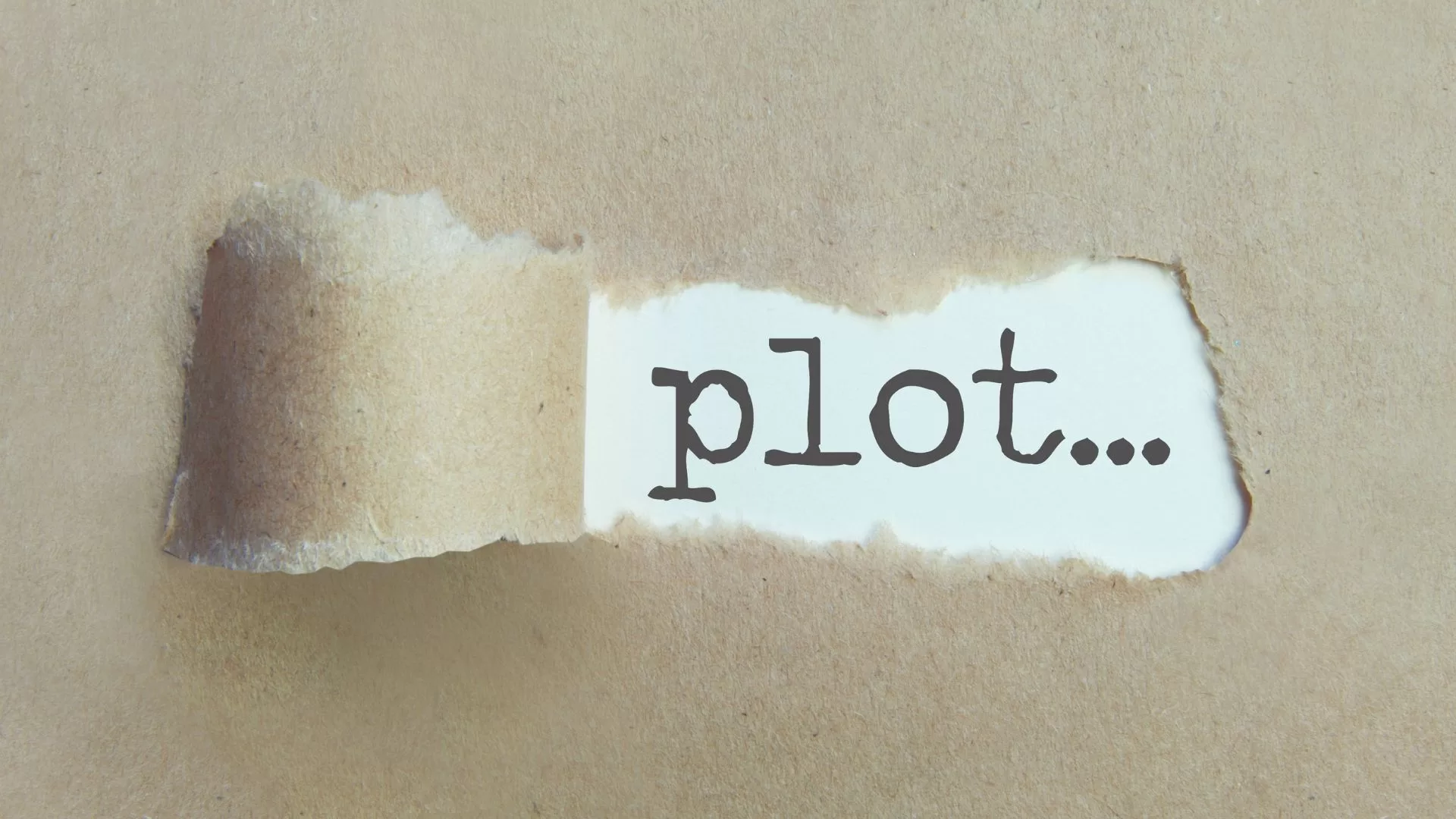So, you’ve got this killer story idea brewing in your mind, and you’re itching to let it loose on the world—or maybe you just want to captivate your friends with more than your weekend plans. Plot development is your magic wand, whether you’re penning a novel or spinning a yarn that’ll make your pals lean in closer over the campfire.
Plot development is like building a rollercoaster. You need the climbs, the drops, and the loop-de-loops that keep the ride exciting. A flat rollercoaster is no fun, and neither is a flat story. Here’s how to construct a narrative that’ll make your readers’ or listeners’ emotional investment skyrocket.
Start with a Bang Every story needs that ‘sit up and listen’ moment. Begin with an action, a question, or a problem that grabs attention. Imagine meeting someone and starting with, “So, I found a dragon in my garage this morning.” Got your attention, right?
Know Your Destination Just like you wouldn’t hop in your car without knowing where you’re going, figure out your story’s ending early on. It can evolve, sure, but having a destination in mind ensures every twist and turn in your plot has a purpose.
Characters Are Your Co-Pilots Create characters that have goals, fears, and the ability to change. They drive your story forward. A character with a desire is like a car with a full tank of gas—it’s going somewhere. Throw obstacles at them, too. After all, a smooth sea never made for a skilled sailor, and easy doesn’t make for a gripping tale.
The Middle: More Than Filler Now, the middle of the story is where many tales get lost in the woods. This is your ‘develop’ space—characters face challenges, make choices, and grow. It’s the meat in your story sandwich, and no one likes a sandwich that’s all bread.
Pace Yourself Pacing is the rhythm of your story. Mix up longer, descriptive passages with short, sharp action. It’s like a DJ mixing beats—keep the energy up, slow it down to give your audience a breather, then build it back up.
Plant Seeds Early Drop hints and clues early on that pay off later. It’s satisfying when a casual mention of a locked attic in chapter one becomes the hideout for the runaway heiress in chapter ten. It’s the narrative equivalent of a magician’s reveal.
Dialogue: The Salt of Storytelling Good dialogue adds flavor. It can advance the plot or reveal key character traits. Ever heard someone say, “You had to be there”? Well, with dialogue, your audience feels like they are.
Endings That Echo Your ending should echo something from the beginning, giving a sense of closure. It’s like ending a song with a chord that resonates with the first—it just feels right.
Whether you’re writing your magnum opus or just looking to keep your next dinner anecdote from bombing, these plot development tips can elevate your storytelling. Remember, everyone loves a good story, and the plot is the path you pave for your audience. With a bit of practice, you might just be the next spinner of tales that can’t be put down—or the friend who always has the best stories. So go ahead, build your rollercoaster, and take us all for a memorable ride.











0 Comments